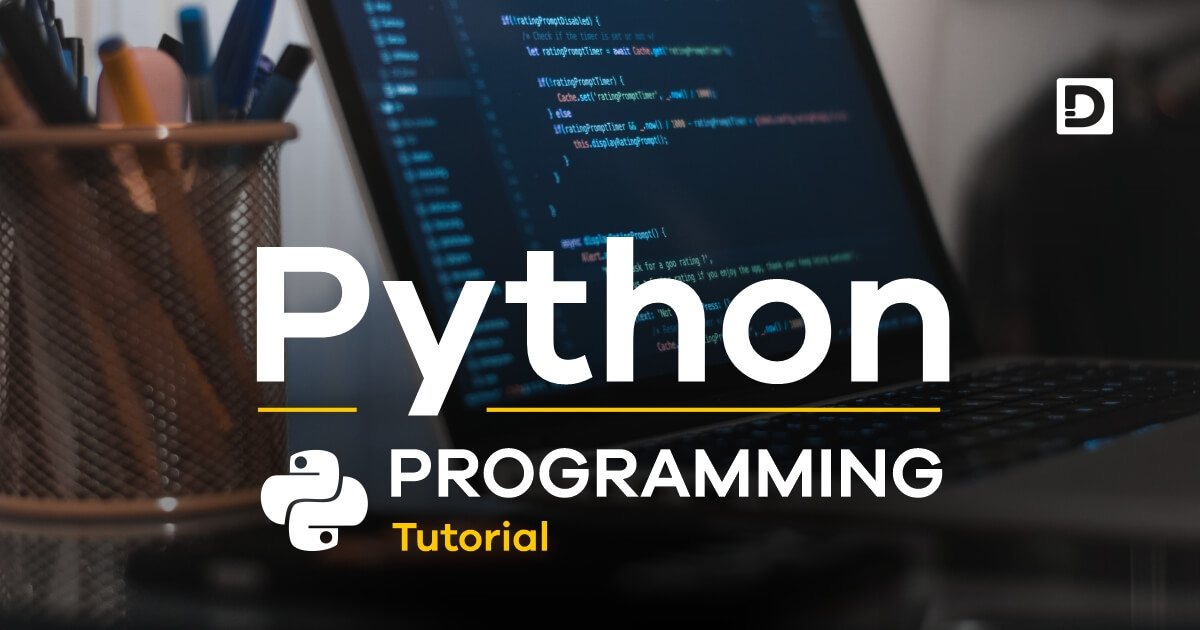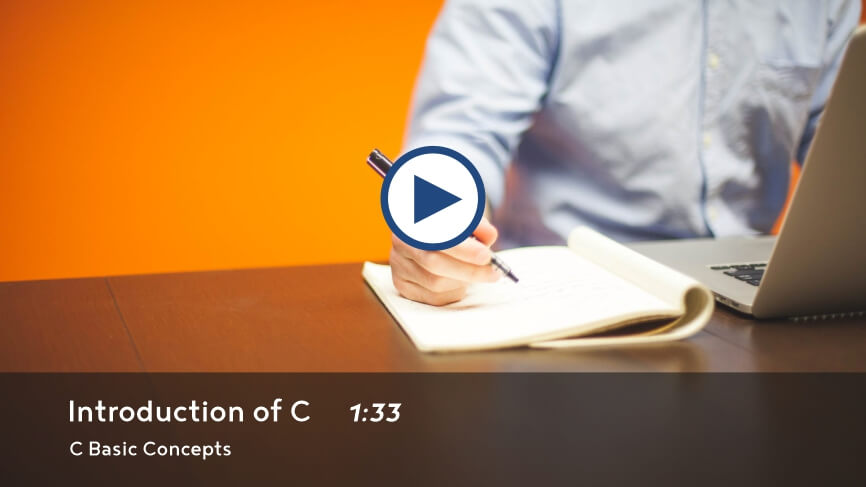Master Python Programming - Learn From Basic to Advance
Python Basic Concepts

In this lesson, we will learn the various aspects of Python programming language, such as the historical background of Python programming, its applications, and its key features.
Python Introduction
Python is general-purpose, interpreted, high-level and object-oriented programming language. With in-depth knowledge of Python, one can create a variety of new-age app, website, software, web applications. Python is an integral part of AI (Artificial Intelligence) technology.
- General-Purpose - It means python language is designed for developing software that applies in a wide range of application domains.
- Interpreted - It means python uses an interpreter to translate the instruction into machine language line by line.
- High-Level - It means python is very easy to learn and closer to human-readable language, which is easy to understand.
- Object-Oriented - Python is a model of programming which aims to work with the real-world entities in programming. Such as inheritance, data hiding, polymorphism etc. The main concept of OOP (Object Oriented Programming) is to bind a specific portion of data and functions together so that no other part, of rest of the code, can access them.
Who developed Python programming language?
Guido van Rossum a Dutch programmer is known as the creator of Python and it was first released in the year 1991.
Applications of Python
Python language is used in the following areas given below:
- In Web and Internet Development
- In Scientific and Numeric Computing
- In Education
- In Engineering Application
- In Software Development
- In Business Applications
- In Console Based Application
- In Enterprise Applications
Key features of Python
The main key features of python language are listed as follows:
- Easy to Learn - It is very easy to learn and understand. People of any age group can learn this language very easily. Its language syntax is very simple to understand.
- Free and Open Source - It is a free and open-source programming language and its source code is also available to the public. You don't have to acquire any licence for its uses.
- Interpreted Language - An interpreter is a translator that translates the code line by line into machine level language and this makes it easier to debug the code. Python uses an interpreter to translate the program from a high-level language to a machine level language so that the computer can understand our instruction.
- Large Standard Library - A Large Standard Library of already written modules and functions of Python is available in the market, making the coding easier and quicker in every aspect.
- Object-Oriented Language - It supports object-oriented programming which includes concepts of classes, data abstraction, polymorphism, encapsulation etc.
- GUI Programming Support - Python supports programming in Graphical Users Interfaces using already existing modules, such as PyQT5, wxPython, Tickler etc.
- Portable Language - Python supports portability for example if we have a python code for windows and we want to run this code on another platform such as, Unix, Linux or Mac then we do not need to change it, we can run this code on any platform.
- High-Level Language - Python is a high-level language. It means that it is easy to code, and once we write programs in python, we do not need to worry about the system architecture, nor do we need to manage the memory in python manually.
- Support Language Integration - Python supports language integration because we can easily integrated python with other languages like C, C++ etc.
Test Your Knowledge
Attempt the multiple choice quiz to check if the lesson is adequately clear to you.




